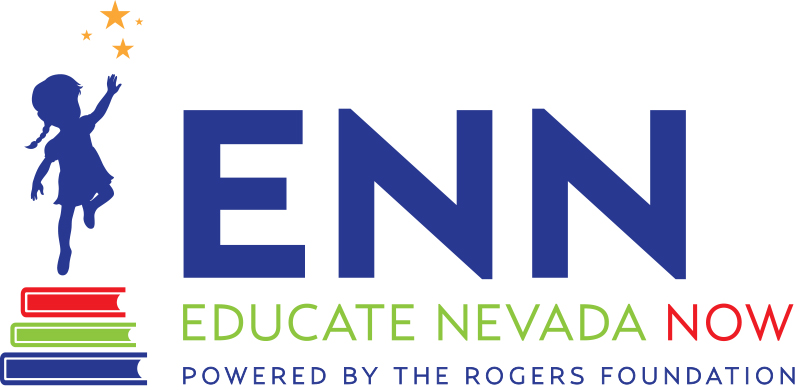Voucher Proponents Claim Low-Income Families are Waiting to Apply for ESA’s
Most ESA Applicants Are From High Family Income Zip Codes
Why are most of the ESA applicants from high family income ZIP codes?
In an analysis of ESA applicants, by a ratio of 3 to 1, ESA applicants live in ZIP codes with higher median income than the state median of $52,800. According to a report of data from the State Treasurer, the ZIP codes with the most applicants come from Anthem in Henderson, Nevada, where the median income is over $75,000. Of the applications received, only 21% qualified for the $5,700 voucher based on low-income status.
In response, voucher proponents claim that low-income families are waiting to apply because they cannot afford to pay upfront for private school tuition. However, an ENN survey of private schools shows that private school tuitions are well out of reach of low-income families. Close to 90% of private schools in Clark County charge tuition in excess of $5,100. According to the ENN survey:
- Only 11 schools were affordable with $5,100 voucher allotment,
- Only 8 of these schools serve grades beyond kindergarten,
- Only 4 additional schools were affordable with the highest allotment of $5,710,
- All but one of the schools that were affordable with a voucher of $5,100 or $5,700 required religious instruction of some type.
- Only 3 high schools, all requiring religious instruction, were affordable at the $5,100 voucher level.
In addition to tuition, parents are responsible for other costs including fees, uniforms and transportation. These additional costs make even those schools with more affordable tuition, beyond the reach of low-income families.
Transportation is likely to be a significant barrier, particularly for low-income families. Most Clark County private schools are located in the perimeter of the Las Vegas Valley, distant from inner city neighborhoods. Patching together public transportation is often an ordeal. Many low-income parents lack the funds to transport their children ten to thirty miles, given work schedules, gasoline, car repair and other associated costs.
This latest data confirms that the voucher program will be of little benefit to low and moderate income working families, despite the claims made by voucher proponents. Those in the best position to take advantage of vouchers will be more affluent families with the means to make up additional tuition, fees, transportation and other costs of private schools.
The program diverts limited public school funds to subsidize the “choice” of the most affluent. Even worse, this diversion of funds from Nevada’s public schools will mean more cuts to teachers and other essential resources in public school classrooms, diminishing education opportunity for Nevada’s public school children.
